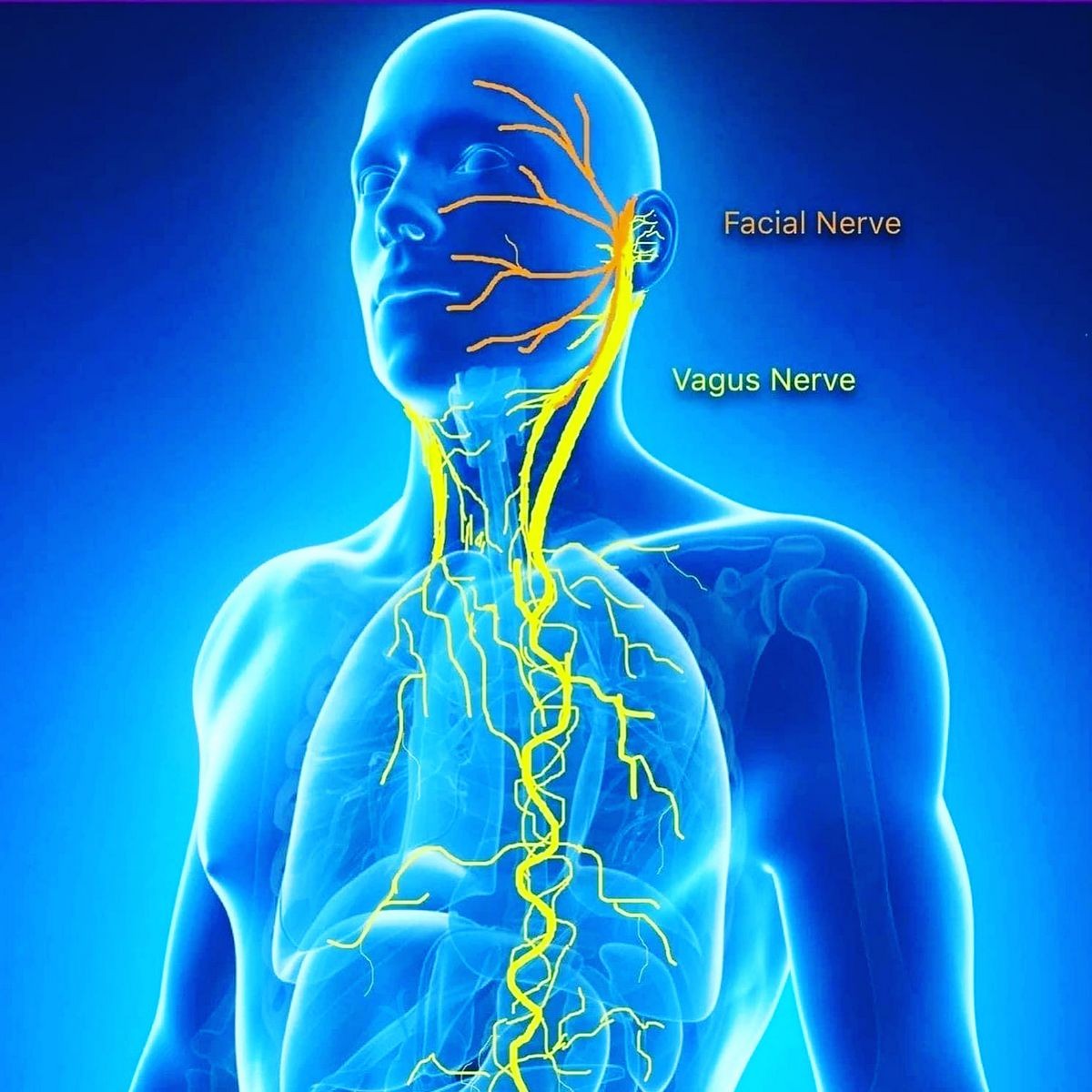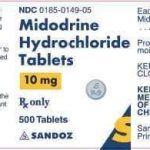
Contents
- 1 What Does the Vagus Nerve Do?
- 1.0.1 What is the vagus nerve?
- 1.0.2 What is the function of the vagus nerve?
- 1.0.3 Where is the vagus nerve located?
- 1.0.4 What are the different branches of the vagus nerve?
- 1.0.5 Which diseases affect the vagus nerve?
- 1.0.6 What are the symptoms of vagus nerve issues?
- 1.0.7 How are vagus nerve conditions diagnosed?
- 1.0.8 What are the treatments for vagus nerve problems?
- 1.0.9 How can I maintain a healthy vagus nerve function?
- 1.0.10 What is vagus nerve stimulation?
- 1.0.11 How is vagus nerve stimulation used as a treatment?
What Does the Vagus Nerve Do?
Discover the functions and diseases of the vagus nerve.
What is the vagus nerve?
The vagus nerve is the longest and most complex of the 12 cranial nerves. Also known as cranial nerve X or the 10th cranial nerve, it connects the brainstem to the body and transfers data between the brain and other body tissues and organs.
The vagus nerve supports the parasympathetic and sympathetic portions of the autonomic nervous system, transmitting motor and sensory information throughout the body.
In essence, it is part of the circuit connecting the brain to the neck, heart, lungs, and abdomen.
What is the function of the vagus nerve?
The vagus nerve is essential for involuntary sensory and motor processes, including:
- Digestion
- Heart rate
- Blood pressure
- Respiration
- Immune system responses
- Mood
- Mucus and saliva production
- Skin and muscle sensations
- Speech
- Taste
- Urine output
Where is the vagus nerve located?
The vagus nerve travels from the brain to the neck, chest, and abdomen. Its name, "vagus," comes from the Latin word for "wandering."
The vagal nerves emerge from the medulla oblongata of the lower brainstem before traveling through the:
- Neck (between the carotid artery and jugular vein)
- Chest (thorax)
- Heart
- Lungs
- Digestive tract and abdomen
What are the different branches of the vagus nerve?
The vagus nerve branches include:
- Inferior ganglion branch supplying nerves and muscles to the larynx and pharynx
- Superior ganglion branch supplying nerves to the spine and ear
- Branch supplying nerves to the heart, lungs, and esophagus
Which diseases affect the vagus nerve?
The vagus nerve can be affected by conditions such as:
- Gastroparesis: Damage to the vagus nerve can result in gastroparesis, preventing food from passing through the stomach into the intestines. This condition may be caused by diabetes, viral infections, abdominal surgery, or scleroderma.
- Vasovagal syncope: Also known as fainting, vasovagal syncope occurs when the vagus nerve overreacts to certain conditions, such as heat, anxiety, hunger, pain, or stress. Orthostatic hypotension, a sudden drop in blood pressure, can also lead to feelings of lightheadedness or fainting.
QUESTION
What are the symptoms of vagus nerve issues?
Vagus nerve disorders can cause various symptoms, depending on the affected area of the nerve, including:
- Abdominal bloating and discomfort
- Gastroesophageal reflux disease
- Changes in blood pressure, blood sugar, or heart rate
- Difficulties with sucking or loss of the gag reflex
- Light-headedness or fainting
- Voice loss, wheezing, or hoarseness
- Decreased appetite, sudden feeling of fullness, or unexplained weight loss
- Nausea and vomiting
How are vagus nerve conditions diagnosed?
To diagnose vagus nerve disorders, your doctor may recommend the following tests:
- CT or MRI scans to check for intestinal obstructions
- Echocardiogram to evaluate heart health
- Gastric emptying solid study or smart pill to determine food transit time
- Upper endoscopy to examine the upper digestive tract
What are the treatments for vagus nerve problems?
Treatment for vagus nerve symptoms may include:
- Dietary adjustments for gastroparesis
- Medications to reduce nausea and abdominal pain, or control blood sugar levels and enhance stomach emptying
- Feeding tubes to provide nutrients
- Gastrostomy to relieve stomach pressure
- Gastric electrical stimulation to activate stomach muscles and nerves
Treatment for vasovagal syncope may involve:
- A diet rich in salt
- Discontinuing blood pressure-lowering medications
- Prescribing medications to increase blood pressure, salt levels, and fluid balance, or calm nervous system reactions
- Wearing compression stockings to prevent blood pooling in the legs
How can I maintain a healthy vagus nerve function?
You can keep your nervous system healthy by making the following lifestyle changes:
- Eating a balanced diet
- Engaging in regular exercise
- Controlling blood pressure and diseases like diabetes
- Practicing yoga or meditation
What is vagus nerve stimulation?
Deep and slow abdominal breathing is a key way to promote proper vagus nerve function. Learning breathing techniques can help redirect attention from tension or discomfort.
When anticipating stress, people tend to hold their breath, triggering the fight or flight response and exacerbating feelings of discomfort, stiffness, or anxiety.
Vagus nerve stimulation involves deep breaths through the nose and mouth:
- Breathe slowly (aiming for 6 breaths per minute)
- Use abdominal muscles to breathe (visualize expanding the rib cage and abdomen while inhaling)
- Exhale longer than inhaling (the relaxing effect occurs during exhalation)
The vagus nerve can also be activated with the following methods:
- Vocal cords: Singing loudly or gargling water
- Foot massage: Applying pressure to the feet
- Cold water face immersion: Submerging cheeks, eyes, and forehead in cold water
- Vagus impulses: Fiber slows gastrointestinal movements and increases the feeling of fullness
- Laughter: Activating the vagus nerve, improving mood, and strengthening the immune system
Stressful situations don’t always have negative effects. Activating the vagus nerve signals the body to relax and distress, which has long-term positive effects on mood, pain management, well-being, and resilience.
How is vagus nerve stimulation used as a treatment?
Vagus nerve stimulation (VNS) involves a device similar to a pacemaker that sends gentle electrical pulses to the brain through the vagus nerve. These pulses are typically not felt during surgery since they do not physically involve the brain.
VNS has been approved by the FDA for treating epilepsy and treatment-resistant depression. However, it’s important to note that VNS is only suitable for a select group of people with epilepsy or treatment-resistant depression.
- Electrical impulses stimulate the left vagus nerve. The nerve and device are connected by a wire placed beneath the skin.
- The device sends painless electrical signals through the left vagus nerve to the brain, reducing irregular brain electrical activity.
Researchers have also explored the potential of vagus nerve stimulation for treating pain, cluster headaches, inflammatory bowel disease, post-traumatic stress disorder, and rheumatoid arthritis.
By clicking Submit, I agree to MedicineNet’s Terms & Conditions and Privacy Policy and understand that I may opt out of MedicineNet’s subscriptions at any time.


